
(Plaque located at the Chapman Botanical Garden on Market Street)
Alvan Wentworth Chapman (1809-1899) was a physician and internationally renowned botanist. His discovery of an amazing variety of plants, trees, and flowers over his decades of work in the South established him as one of the brightest scientific minds of the times.
One of Dr. Chapman’s major accomplishments was authoring Flora of the Southern United States in 1860, the first comprehensive description of U.S. plants outside the northeast.
Dr. Chapman was born on September 28, 1809, at Southampton, Massachusetts. He graduated with honors from Amherst College in 1830. He received his medical degree in Louisville, Kentucky. In the winter of 1835, Dr. Chapman moved to Florida where he practiced medicine first at Quincy and then Marianna. In 1839 he married Mrs. Mary Ann Hancock of New Bern, North Carolina, who had two daughters. They had one child together who died in infancy.
Dr. Chapman moved to Apalachicola in 1847. His last home was on the corner of Avenue E (HWY 98) and 6th street which still stands today. His love for the science of botany became a principal work of his life especially after the Civil War. He was influenced by his friendships with botanists Hardy Croom who discovered the rare Florida Torreya tree and Harvard scientist Asa Gray with who he regularly corresponded.
Chapman was an enthusiastic explorer of the remote Florida landscape in search of rare and undescribed flora, despite the difficulties of living and working in such a remote location. In one letter Chapman congratulates Gray for his appointment to the United States Exploring Expedition, but also suggests, “If he is really anxious to make discoveries, let him buckle on his knapsack & make the tour of Florida.” In 1841 he wrote to New York botanist John Torrey, “I have lived in this Florida nearly six years & I have not begun to find her out yet.” Torrey would send Chapman the latest scientific literature. As Chapman wrote to him, “You need not be told that I am living in one of the ‘ends’ of the world, where few books grow.”
Dr. Chapman dedicated his Flora of the Southern United States, “To the Rev. Moses Ashley Curtis, D.D. of North Carolina, this volume is dedicated by his obliged friend, the author.” Dr. Chapman must have found a kindred spirit in Rev. Curtis. Neither set out to be a botanist by training. Rev. Curtis was performing pioneer missionary work in remote locations in the North Carolina mountains when he began studying botany as a pastime. Like Chapman, he went on to make great contributions to the science.
Dr. Chapman was also friends with local physician John Gorrie who invented the ice-making machine and is considered the father of air conditioning.
During the Civil War, Dr. Chapman was a Union sympathizer. A poignant example of his humanity during the war is the assistance provided to Daniel Bond. Bond, of the First Minnesota Battalion, escaped from horrific conditions at the Andersonville prison in southern Georgia in April of 1865, and credits Dr. Chapman with helping him in the final leg of his escape when he reached Apalachicola. Dr. Chapman provided him with meals and overnight lodging at his home and used his boat to take Bond out to the Union Navy’s blockade just offshore. In his diary, Bond recounts being overcome at the sight of the “long black gunboat with the stars and stripes streaming above.” Bond went on to become a school teacher after the war and lived to an advanced age.
Dr. Chapman was also a local businessman, County Judge, Mayor, and Collector of Customs. He died in 1899 at almost 90 years of age. A contemporary, C.I. Kimball, wrote, “The passing of Dr. Chapman is to this community like the fall of a mighty oak which leaves the landscape desolate.” His gravesite can be found at the historic Chestnut Street Cemetery.
Dr. Chapman’s first name is alternately spelled “Alvan” and “Alvin” at different points in his life. Local historians agree that he was likely named “Alvan” at birth but adopted the more common spelling of “Alvin” later in life. In his correspondence, he most often signed his letters simply “A.W. Chapman.”
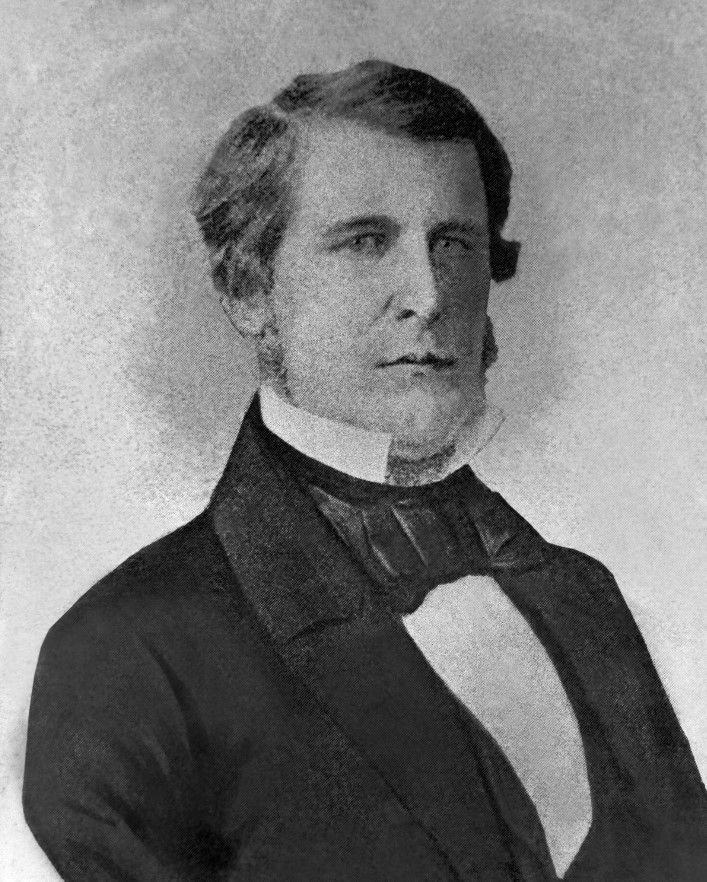
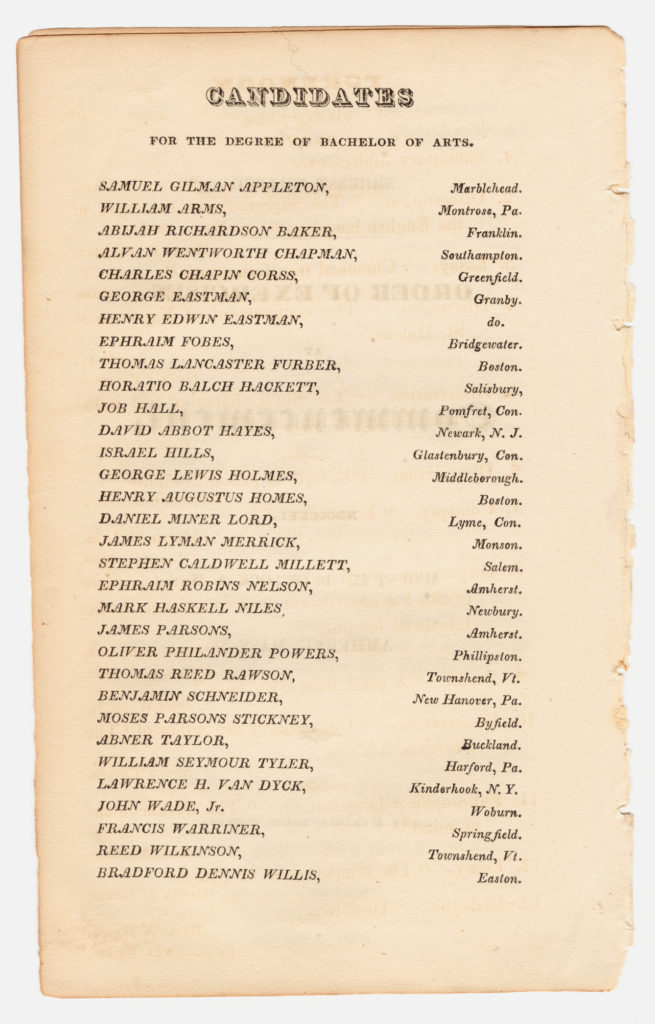
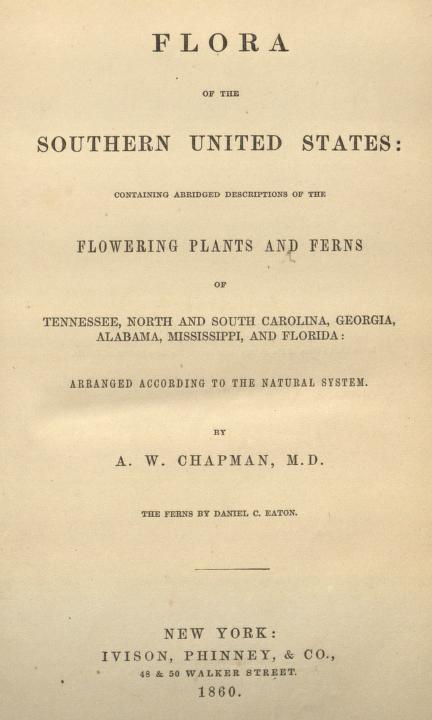
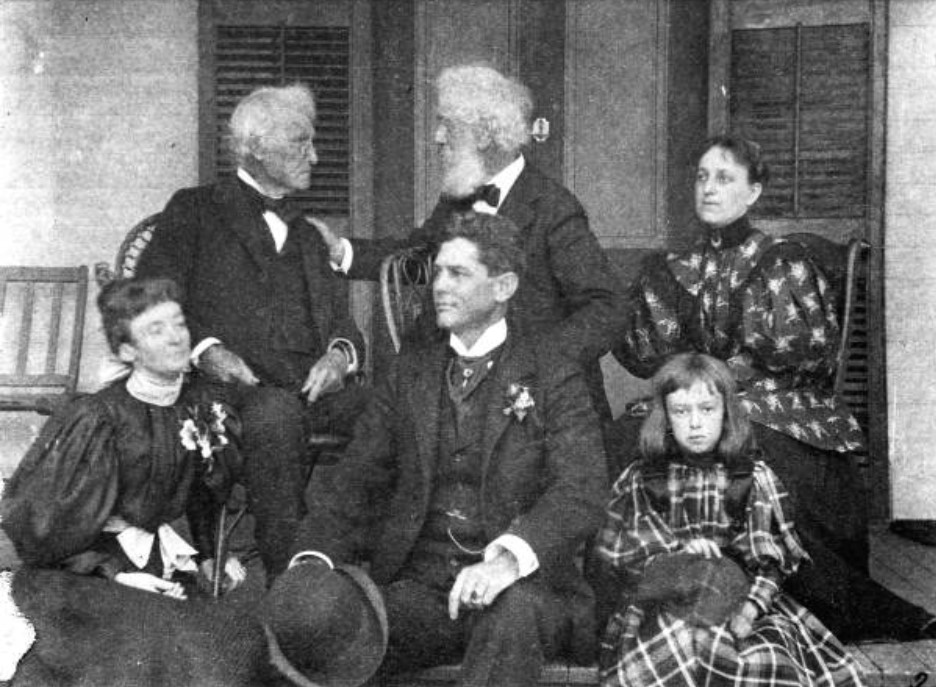

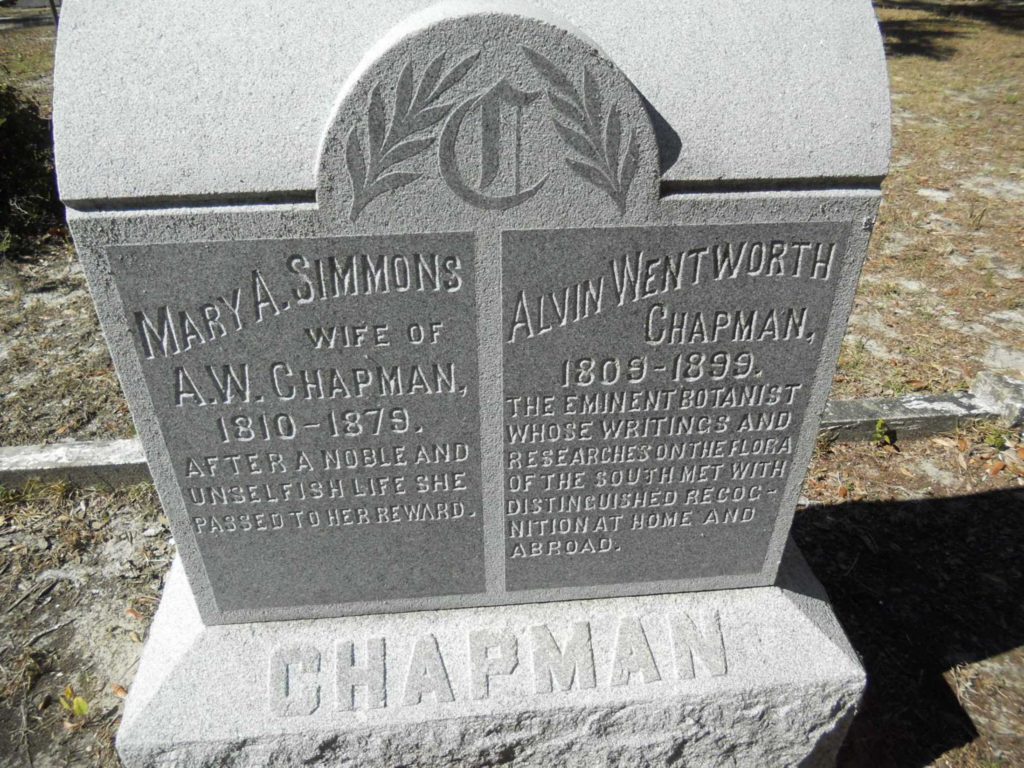
Links
Chasing Shadows: A deeper look at Dr. Chapman. Apalachicola Times, October 22, 2020.
The origins of the Chapman House. Apalachicola Times, September 18, 2020.
Alvin Wentworth Chapman. Botanical Gazette, June 1899.
Flora of the Southern United States: Containing an Abridged Description of the Flowering Plants and Ferns of Tennessee, North and South Carolina, Georgia, Alabama, Mississippi, and Florida: Arranged According to the Natural System by Alvan Wentworth Chapman, 1860. Available on Google Play.
Obituary: Alvin Wentworth Chapman, 1809-1899. The American Naturalist.
A.W. Chapman and John Torrey correspondence, 1835-1851. Biodiversity Heritage Library.
A.W. Chapman and Asa Gray correspondence. Biodiversity Heritage Library.
Correspondence : Chapman (Alvan) and Engelmann (George), 1843-1883. Biodiversity Heritage Library.
177 5th Street
Apalachicola, Florida 32320 USA


